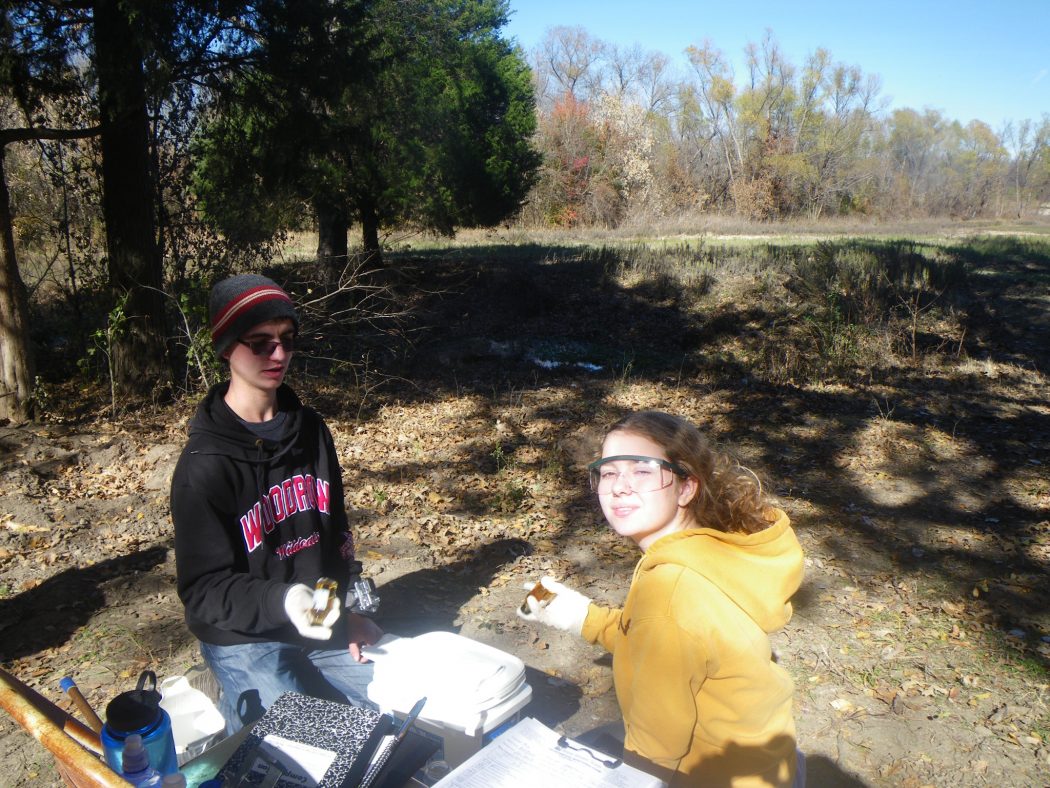
Photo by Danny Fulgencio
Ever wondered why Dallasites aren’t able to swim in White Rock Lake? The old pictures full of joyous water skiers, swimmers and sunbathers enjoying the lake and its beaches call back to a simpler time with less pollution and fewer measurements of water quality. Today, the closest one can legally get to the water is a kayak or stand up paddle board, which may induce some “accidental” falls into the water.
Master Naturalist Richard Grayson says you might want to think again before dipping a toe into our neighborhood body of water. Grayson is part of the Texas Stream Team, a group that works with the Texas Commission on Environmental Quality (TCEQ) to test the water quality all over Texas. He has some results that should make most pause before entering water.
Grayson and others test several locations around the lake once a month, and have accumulated a significant amount of data about our area tributaries. He tests for water clarity, dissolved oxygen (a good indicator for aquatic life), and other measures, but the most notorious factor he looks at is E. Coli. The troublesome bacteria comes from warm-blooded animals such as dogs, hogs, coyotes and humans, and can be deadly if consumed. According to the TCEQ, the acceptable level for recreational water 126 Colony Forming Units (CFU) of E. Coli. A CFU is measured by counting the number of bacteria cells that clump up and form a visible “colony” in the petri dish of tested water.
Williamson Creek, which runs southeast into the lake through Lakewood, is measured at Lawther Road. Over the last two years, it has a geometric mean of 234 CFUs of E. Coli, nearly double the accepted amount for recreational purposes.
White Rock Creek, which runs directly south into the lake, has a two-year mean of 283 CFUs near its intersection with Skillman, and that number goes up to 579 CFUs under Hillcrest in North Dallas. That is nearly five times the acceptable amount of E. Coli for recreational use.
Skillman Branch, or Village Creek as Grayson calls it, which runs through the Village Apartments in northeast Dallas, has an two-year average of 396 CFUs of E Coli.
Measurements are also taken from the Dixon Branch east of the lake, as well as at the spillway on the south end of the lake, but E. Coli is not measured from those points at present. Measurements are not taken of the lake directly, as its depth makes the work more cumbersome. See the Texas Stream Team measurements for our entire region here.
Grayson notes that the levels vary widely for each measurement due to rain events which can cause spikes in E. Coli from runoff in the watershed after a big storm. He takes the water samples to the lab that he shares with For the Love of the Lake, where he incubates and measures bacteria growth. He also helps the Texas Stream Team partner with students in East Dallas, from home schoolers to Eagle Scouts at Woodrow Wilson. E. Coli is the main contaminant for which they test, as industrial pollutants are much more difficult and expensive to measure.

Woodrow Wilson High School students Elizabeth McPherson and Will Maddux work take water samples at Big Spring in Pleasant Grove. (Photo courtesy of Richard Grayson)
While the amount of E. Coli floating in our waterways is worth being cautious about, it hasn’t scared Grayson away, as he is an avid kayaker in and around the lake. But the presence of open cuts or wounds where water could get in is a worry for those who love to splash around the lake. Should one get exposed to the water, Grayson recommends a shower and antibiotic ointment to prevent E. Coli’s symptoms, which can include severe diarrhea, bloody stool and nausea.





